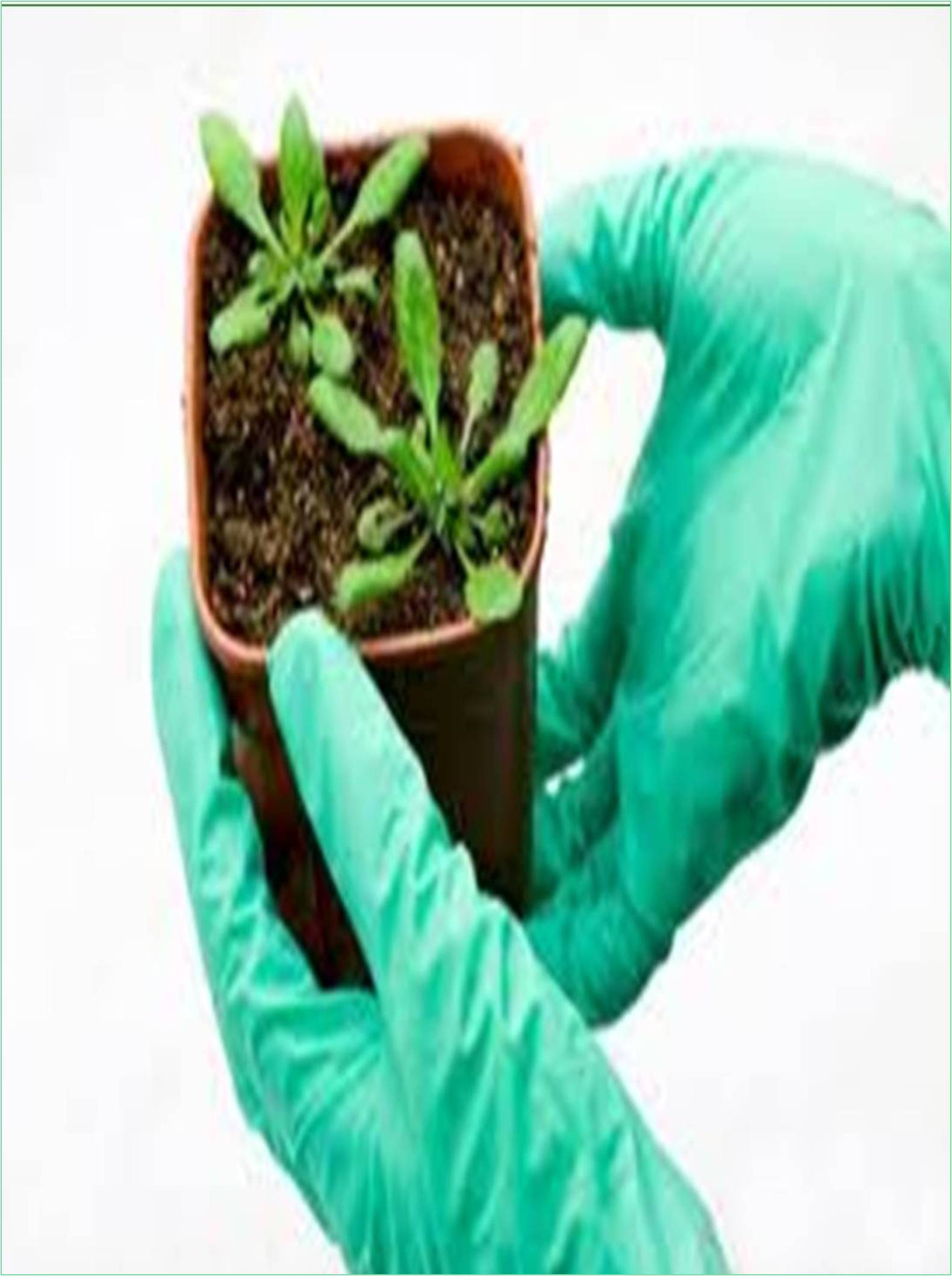



Received: 01-Feb-2022, Manuscript No. GJCSSPB-22-59476; Editor assigned: 03-Feb-2022, Pre QC No. GJCSSPB-22-59476(PQ); Reviewed: 17-Feb-2022, QC No. GJCSSPB-22-59476; Revised: 25-Feb-2022, Manuscript No. GJCSSPB-22-59476(R); Published: 04-Mar-2022, DOI: 10.15651/2437-1866.22.9.46
Soil fertility is the ability of soil to maintain plant growth and optimize crop yields. Soil fertility is defined by the amount of organic and inorganic fertilizers applied to the soil. Nuclear technology provides data to improve soil fertility and crop production while minimizing environmental impact. Soil fertility and nutrient management are one of the key factors that directly affect crop yield and quality. Providing the right amount of nutrients to plants at the right time, regardless of the size of the field or plot, is the key to a successful vegetable production business. The first step in achieving this goal is to monitor soil nutrient levels through an annual soil survey. Collecting and conducting soil tests each spring or autumn (recommended) serves as a record of the soil. Soil test reports help determine levels of soil organic matter, pH, electrical conductivity, cation exchange capacity, and important macro (phosphorus, potassium, calcium, magnesium) and micronutrients (boron, zinc, etc.). The amount of lime or sulfur applied to increase or decrease the pH of the soil, respectively. Soil fertility is a complex process of constant circulation of nutrients between organic and inorganic forms. When plant and animal excrement is broken down by microorganisms, they release inorganic nutrients into soil solutions. This is a process known as mineralization. These nutrients can undergo further conversions that may be supported or promoted by soil microorganisms. Like plants, many microorganisms preferentially require or use inorganic forms of nitrogen, phosphorus, or potassium and compete with plants for these nutrients by immobilizing them in microbial biomass. This process is often referred to as immobilization. The balance between immobilization and mineralization processes depends on the balance and availability of major nutrients and organic carbons of soil microorganisms. Natural processes such as lightning strikes can be fixed by converting atmospheric nitrogen to (NO2). Denitrification can occur under anaerobic conditions (flooding) in the presence of denitrifying bacteria. Nutrient cations, including potassium and many micronutrients, are retained in relatively strong bonds with negatively charged parts of the soil in a process known as cation exchange. In 2008, the cost of phosphorus as a fertilizer more than doubled, and the price of phosphate rock as a raw material doubled. Due to the limited generation of phosphate rock in the world, the term peak phosphorus was recently coined. Soil depletion occurs when the components that contribute to fertility are removed rather than replaced, and conditions that support soil fertility are not maintained. This leads to lower yields. In agriculture, over-cultivation and under-cultivation of soil can cause depletion. Long-term effects that should endanger these soils include deforestation, increased catastrophic floods, soil compaction, and soil compaction closure. Increasing complex impacts, population densities, heavy industry logging, and other factors are at some point excreted by rapid and almost complete undernourishment. Soil depletion affects crop and agricultural conditions. In the Middle East, for example, drought, lack of soil and lack of irrigation make it difficult to grow agricultural products in many countries. There are three countries in the Middle East that show reduced crop production, with the highest rates of productivity decline in hills and arid regions. Many African countries also suffer from the depletion of fertile soil. Droughts and soil degradation are common in areas with dry climates such as Sudan and Saharan countries. Cash crops such as tea, corn and beans require a variety of nutrients to grow healthy. Agricultural areas in Africa have reduced soil fertility, using artificial fertilizers to improve the nutrients of the general public and resetting various materials to achieve soil quality, including some soils.